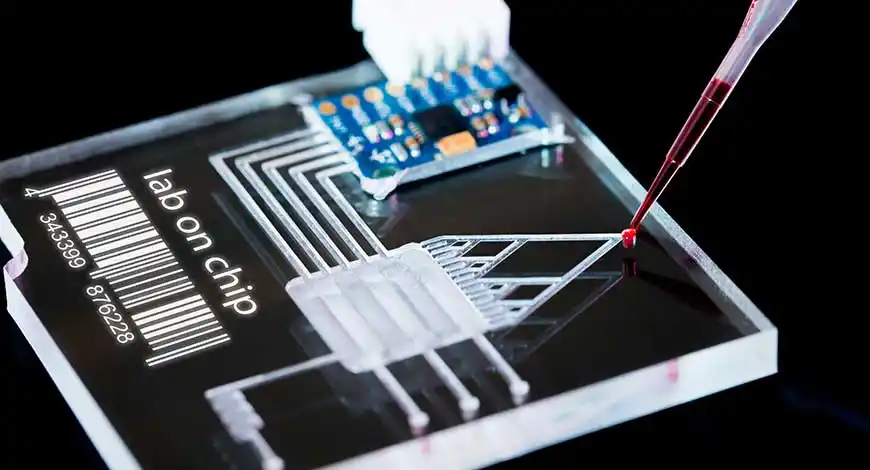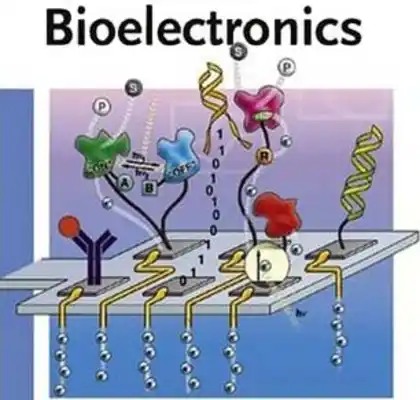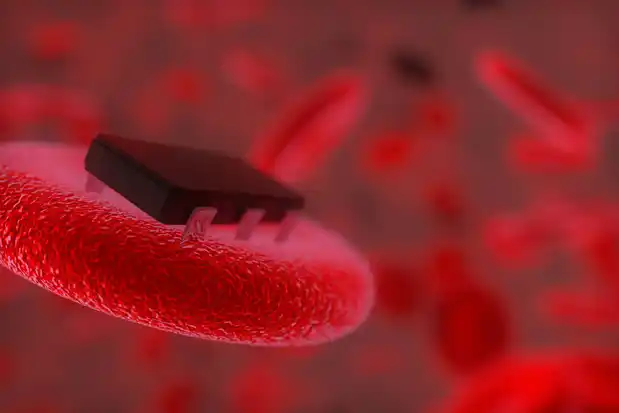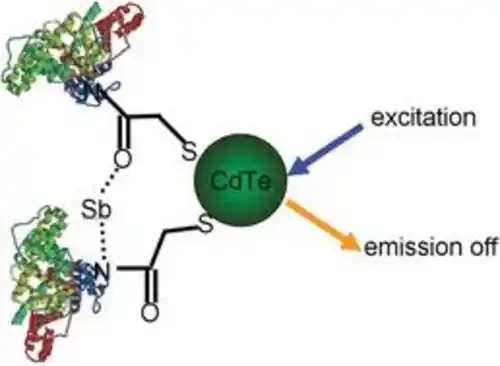افشین رشید
اُستادیار ؛ عضو هیات علمی دانشگاه آزاد اسلامی واحد علوم و تحقیقات تهران
615 یادداشت منتشر شدهBiological (Nano-Electro Sensors) and Lab on a chip Micro-elements of diagnostic laboratories

Note: Proliferation and expansion of Lab-on-a-Chip diagnostic nanosensors in DNA detection is a more specialized function of nanochips or gene and protein microarrays containing markers against the entire human genome to investigate genetic changes.
Gene and protein microarrays in very small sizes with the capability of molecular detection based on DNA sequence and human proteins and other pathogenic agents that are used for research purposes. With the proliferation of biological nano sensors and Lab on a chip micro elements, medical diagnostic laboratories are able to examine and measure hundreds of biological substances, from counting blood cells to the detailed examination of blood factors and other body fluids and tissues, pathology laboratories Clinically, various types of imaging systems such as radiology, ultrasound, endoscopy, CT scan, MRI and other specialized diagnostic methods for examining various diseases such as angiography, echocardiography, echocardiography, and other organs are highly developed. Is . With the development of human knowledge in the fields of cellular and molecular sciences, genetics and identification of genes responsible for various diseases, Determining the sequence of the genome of pathogenic agents, checking and comparing them and creating genomic databases, developing molecular diagnostic methods, specialized laboratories using these methods for accurate diagnosis of infectious pathogens, some genetic disorders and even in some cases for prenatal diagnosis. and the possibility of the fetus suffering from severe hereditary diseases and used to determine the gender of the fetus.

(microarray technology) technology Microarray gene and protein arrays, although several years have passed since the identification of the structure and determination of the complete sequence of the human genome and it has been determined that the human genome consists of 3 billion new nucleotides and about 30 thousand genes, but a major change in Solving hereditary diseases and discovering the causes of various human diseases have not been done due to the complexities in human genetic structure and various factors affecting it. Because previously it was believed that one gene is responsible for an activity and experts were investigating the structure and function of each gene and protein separately, but now it has been determined that several genes are involved in some disorders and some of the processes in A disease or cell damage and The result was that a method should be invented to simultaneously examine the sequence, diversity, genetic difference, structure and activity of dozens, hundreds and thousands of protein genes at the same time. By combining molecular technologies, microelectronics, robotics, nanotechnology, polymer chemistry and molecular connections, it became possible to use hundreds and thousands of specific markers (probes) of different genes and proteins in very small amounts (nanoliters) using very needles. It is connected in regular rows (array) on the surface of a microscopic glass slide. In this way, by adding healthy and diseased Protein-RNA-DNA samples, it is possible to check genetic changes in different genes and proteins.

Note: The construction of nano sensors based on nanoelectronics has also undergone a huge development in medical and biological research, and the technology of making bio sensors and the knowledge of nanometer production of these tools has expanded day by day. These sensors are called (optical sensors) based on the use of optical fiber in their structure and are divided into two categories: chemical and biological.
In the manufacture of bio sensors, medical and biological nano sensors, depending on whether we want to use this sensor for the analysis of intracellular species, intercellular biological fluid or blood, the dimensions of the sensor tip, the angle of its tip taper, and the degree of softness . The coating on the fiber will vary. To prepare this fiber as a sensor tip, we can use the devices used to stretch optical fibers. In this device, a carbon dioxide laser is used to heat the fiber and a device is used to stretch the fiber in the direction of its main axis. By changing the temperature and the amount of tensile force applied to the fiber, researchers have managed to make tips for biosensors with a diameter between 01 and 511 nm. This technique has a high speed (about 3 seconds) and a relatively simple production process.These types of sensors were named (nanobiosensor-biological nanosensor) in terms of their nanometer size and their application in biological environments. Bio-nanosensors are very small electrodes in nanometer size and cell dimensions that have become sensitive to the detection of desired chemical or biological species in cells through the stabilization of certain enzymes on their surface .

These sensors are used to detect and quantify species in biological systems. This technique is a very useful method in detecting the passage of some molecules through the cell wall or membrane. The most famous example of nanosensors used in medicine is cadmium selenide (CdSe). This combination works to detect cancerous tumors using fluorescence properties. The sensor probe made in this way can be inserted into the cell membrane without damaging it and can be used for biomolecular and clinical studies. In general, the assembly of a bio-nanosensor consists of a biological receptor molecule such as DNA or antibody, which is placed on a very thin fiber. This collection can be used as a probe to introduce a specific species into the cell and analyze the species inside the cell by using common amperometric methods.